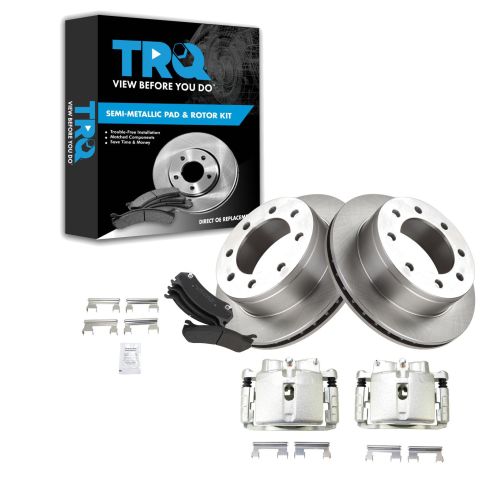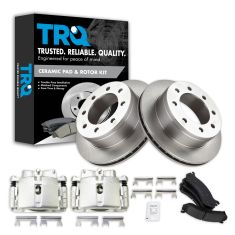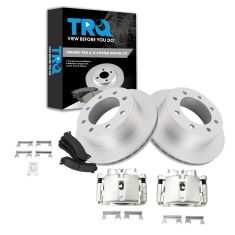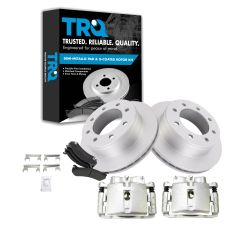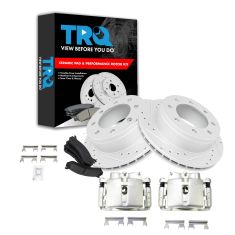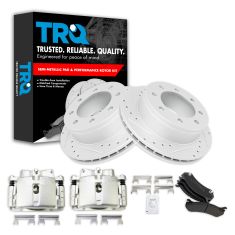1ABFS14044-Chevrolet GMC Rear Semi-Metallic Brake Pad & Rotor Kit with Calipers TRQ BKA26719
Replaces
2011 GMC Yukon XL 2500 Rear Semi-Metallic Brake Pad & Rotor Kit with Calipers TRQ BKA26719
Product Reviews
Loading reviews
There are no reviews for this item.
Customer Q&A
No questions have been asked about this item.
GMC is a registered trademark of General Motors Company. 1A Auto is not affiliated with or sponsored by GMC or General Motors Company.
See all trademarks.



















